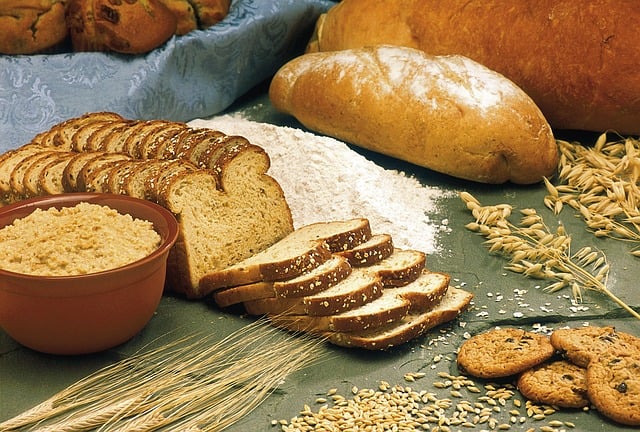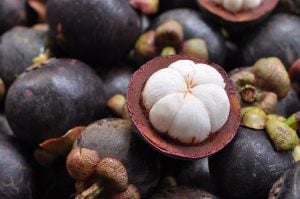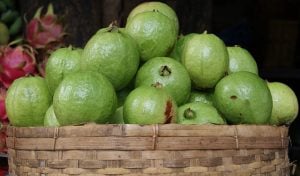Information on what is regarded healthy eating is both wide and varied — from traditional wisdom that has been passed down across generations, recommendations from authority bodies to opinions from health-gurus, fitness trainer and social media influencers.
For this reason, it can quickly become overwhelming and confusing for an individual looking for some practical advice on how to make healthier diet choices. Increasingly, more and more people are turning to the internet for such advice, however the varied sources available on the web only tend to confound matters.
It doesn’t help that some of these recommendation don’t factor for cultural and economic differences of its readers or viewers. For instance, most content of this nature tends to lean more towards American and European cuisine, which may not be practical to consumers from other regions.
For these and other reasons, a guide was developed to simplify a healthy diet for consumers. This guide is the healthy eating plate, and it does this by illustrating all the major food groups in what should be your dinner plate. This way, it’s much easier to tell which foods you should be eating along with their respective portions.
The healthy eating plate that is usually recommended by health organizations is as follows (this one has been adapted from Harvard Health’s Healthy Eating Plate):
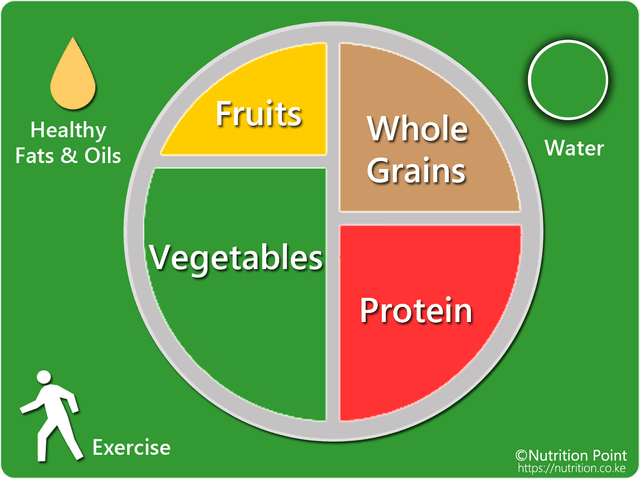
Note however that this plate is meant for the general population and not everyone. Special groups of people such as those with certain health conditions have their own special plates which have been recommended by their Doctors and/or Nutritionists/Dietitians.
The healthy eating plate on its own is a good place to start one’s journey towards healthier eating. For it to be more effective, however, it’s far more important for one to understand the foods that make up its sections, what makes them healthy and ultimately whether this works for you as an individual.
Without such information, there’s the likelihood that you may make poor food choices even if the portions are right.
It’s also worthwhile to note that the healthy eating plate as is often recommended will not necessarily work for everyone and, more importantly, is not the only diet plan out there.
Just because there’s a consensus around it doesn’t mean it’s immune to criticisms. For that reason, I highly suggest that once you’re done reading this article that you also explore other articles on the same, especially the ones that are critical to the science behind the plate.
With that out of the way, let’s now take a look at the individual groups of food that comprise the plate.
1. Whole Grains
Traditionally, starchy carbohydrates usually take the largest portions in our plates. Consequently, this doesn’t leave that much room for other food groups. Carbs should therefore take just a quarter of the plate, as shown in the illustration.
On the type of carbohydrates, it’s recommended you take whole grains instead of the refined types. You should make sure that at least half of all the grain foods you eat are whole grains.1
Whole grains are grain foods such as wheat and maize from which nothing has been removed. Most of the packaged foods we have in our retail shops are usually refined, though whole grains can also be found.
Examples of whole grain foods include: whole meal bread (not to be confused with brown bread), wholegrain wheat flour (e.g. for your chapatis, or even pancakes), whole grain maize meal (ugali), brown rice, whole grain breakfast cereals etc.
To make sure the foods you buy are whole grain, always make a point of reading the ingredient list that’s found in the food labels.
Be on the lookout for added sugars, including alternatives such as high-fructose corn syrup and non-nutritive sweeteners. Likewise, foods that are high in sugars, such as baked products, soft drinks, and confectionaries, should be consumed less often.
Better yet, opt for more unprocessed carbohydrates, of which you can find a huge variety in your local farmers’ markets. Examples include root tubers like potatoes, sweet potatoes, yams, and taro (nduma) and whole-grain cereals such as sorghum, different varieties of millet and amaranth grain.
Once you go natural, you have a lot less to worry about all the empty sugars and all those questionable additives (artificial flavours, preservatives etc.) that are found in most processed foods.
2. Proteins
Proteins come in two varieties: animal proteins and plant proteins. The main distinction between the two is that the latter are not complete proteins as they lack certain amino acids.
This however doesn’t necessarily mean that you should only stick to meats as the sole source for your protein requirements. Rather, it’s more preferable to incorporate both in your diet to achieve a healthy balance.
In regard to meats, the plate usually recommends having smaller portions, especially of red meats, and opting for cuts that are not fatty. The concern here comes from the fact that meats are usually high in saturated fats, which for a long a time has been associated with an in creased risk for cardiovascular diseases. More recently, however, this relationship has been questioned and remains a very divisive topic which is beyond the scope of this article.
Nevertheless, a good rule of thumb that will work for most people is to pay more attention to the portions of meat you have and how it’s prepared. These two are far more practical considerations than getting bogged down on whether saturated fats are “good” or “bad”.
With that covered, consider incorporating a variety of meats (white and red) and plant proteins in your diet. It should go without saying that free-range poultry and grass fed cattle not only provide better quality protein, but also taste better (though this may be subjective) than the grain-fed variety.
An exception to the rule is processed meats like sausages, smokies, bacon, ham etc. Consider avoiding or reducing your consumption of processed meats as they pose health risks which in this case are not in contention.
With regard to food preparation, consider using more healthy cooking methods to cook your meats. Leave the roasting and deep-frying for occasional treats, and likewise, reduce your consumption of roadside meat snacks and fast food meats (usually they’re not cooked in the most healthy of ways, not to mention they often contain additives).
Pulses are a good alternative source of protein, and they can be found as a wide variety of dry beans, lentils and peas. They are also readily available and most of all affordable, making them an ideal protein source for low income households.
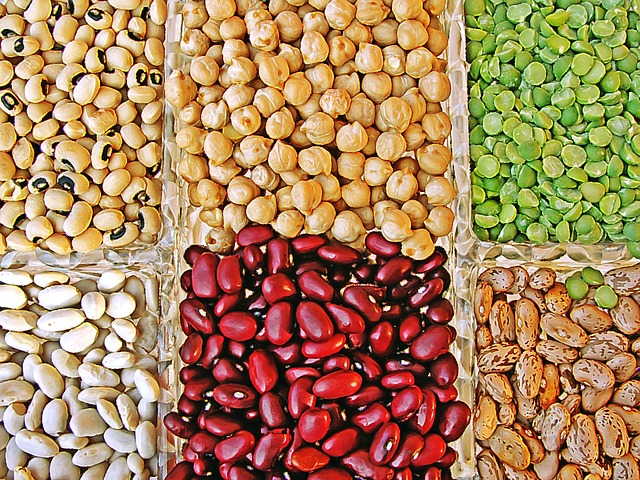
You can find out more on how to prepare pulses to get the most out of them, especially if you tend to have negative reactions after consuming them (e.g. flatulence, heart burn.).
3. Vegetables
In our plate, vegetables take the largest portion, and that should tell you just how important they are. Vegetables are a rich source of vitamins, minerals and fibre all of which we need on a daily basis.
Some vegetables are also good sources of protein while others are rich in phytonutrients which help protect your body from certain diseases.
There are many type of vegetables that you can incorporate in your plate. To ensure you get the most out of your veggies, try and eat different types of vegetable instead of the usual kale, spinach and cabbage every day.

Indigenous vegetables like amaranth (terere), black nightshade (managu), spider plant (saget) just to mention a few, are particularly nutrient rich and what’s more, can be found in some informal markets.
4. Fruits
Fruits take the smallest portion on our plates, but that’s because we often forget to include them. Like vegetables, fruits are good sources of vitamins, minerals, fibre and phytonutrients which we need daily.
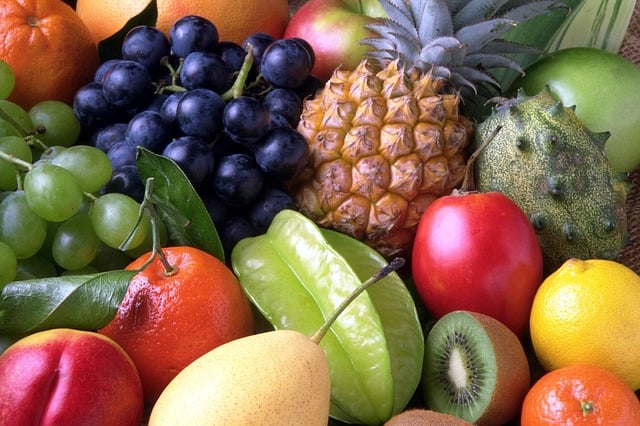
The easiest way to ensure you get the most out of them is to eat fruits of different colours.
5. Healthy Fats and Oils
Fats and oils have a bad reputation, but the truth of the matter is that our bodies need them too, at least the good kind. For cooking and preparing foods, it’s usually recommended that we use plant based oils like olive, canola, corn, safflower, sunflower etc.
There’s however a whole debate around the healthiness of some of these seed oils. Less common oils like avocado and coconut are considered by some as better alternatives, while others swear by animal fats like butter, ghee and lard.
As such, do more research and find which cooking oil works best for you and your budget. On the question of money, here’s a thought: if one keeps livestock for dairy, they can easily make ghee from their milk, which is a cheaper option to buying industrially refined vegetable oils.
And while you’re at it, consider using more healthy cooking methods that don’t add unnecessary fat and calories to your food. These include steaming, stir-frying, poaching, broiling and sautéing.
Other healthy oils can be found in oily fish, nuts and seeds. Foods with trans-fats should be avoided completely.
6. Water and other beverages
Water is life, and therefore it shouldn’t miss a spot in what we consume every day. You can take plain water or tea and coffee with little sugar.
However, avoid taking any caffeinated drinks like tea or coffee immediately after meals as they may interfere with absorption of nutrients from other foods. Also, caffeinated drinks shouldn’t be very strong and should be taken in modest quantities.
Dairy while important for growing children, is not essential for adults. It’s usually recommended to use low fat alternatives like fat-free, low fat milk, skimmed milk and low fat yoghurt, the concern here being the usual suspect — saturated fats. Low fat alternatives may however contain added sugars and other additives, which make them less ideal to whole milk.
It’s further recommended to limit milk and other dairy product to no more than one to two servings (1-2 cups) per day as high intake is associated with some chronic diseases.2
However, there’s little doubt that juices, soft-drinks and other sugary drinks should be cut down as they’re associated with obesity and diabetes. Instead, consider using 100% natural fruit juices, however limit them to one small glass a day as they’re also high in sugars.2 Alternatively, you can always make your own fresh fruit juices at home using the whole fruit (i.e with the pulp).
Alcoholic drinks should likewise be limited to a few drinks.
7. Exercise
Exercise is not exactly part of the healthy plate, but it’s included here as a reminder that you need a physically active lifestyle should you want to see the full benefits of health eating.
By eating healthy and exercising regularly, you not only stand to maintain a healthy weight for your height, but also keep at bay common lifestyle diseases.
REFERENCES
1. USDA Choose MyPlate – MyPlate
2. Harvard Health – Healthy Eating Plate
